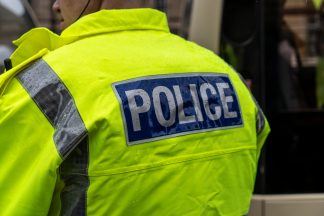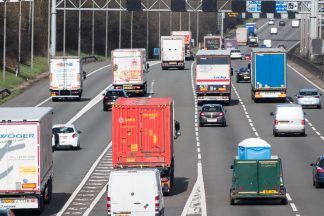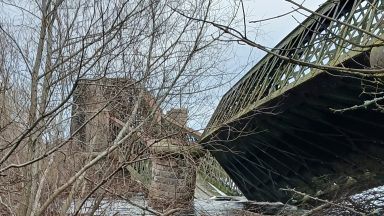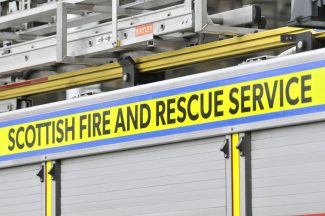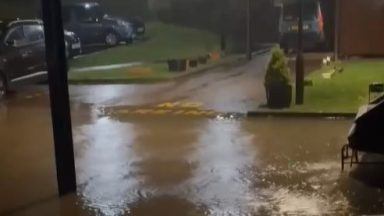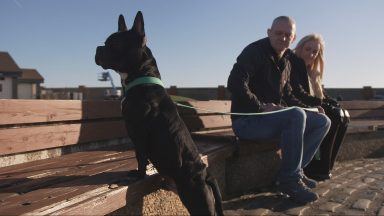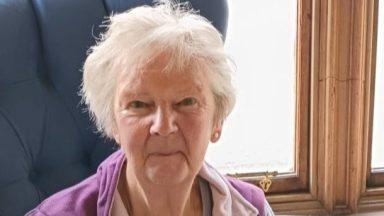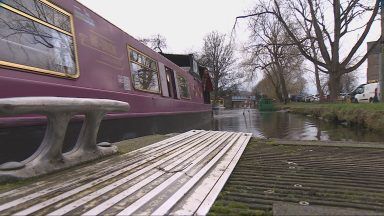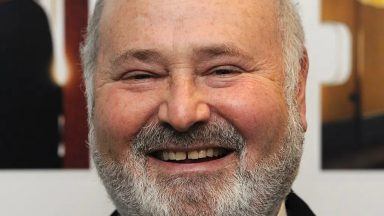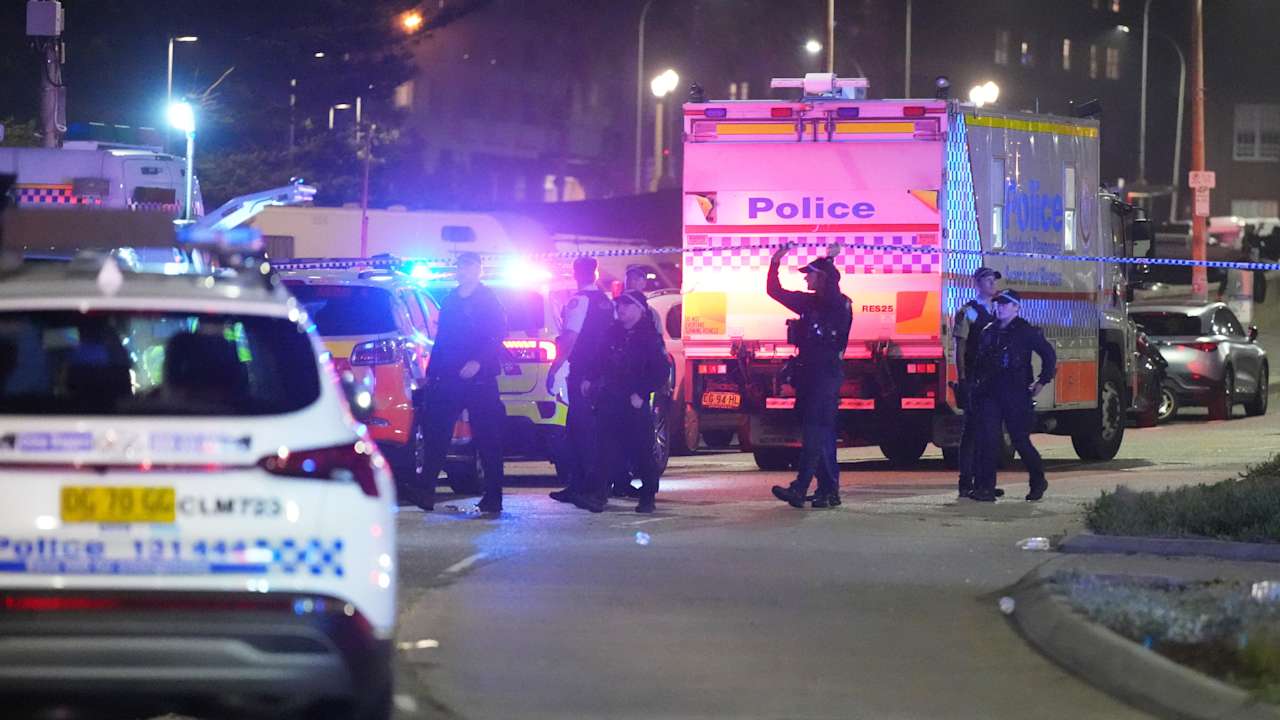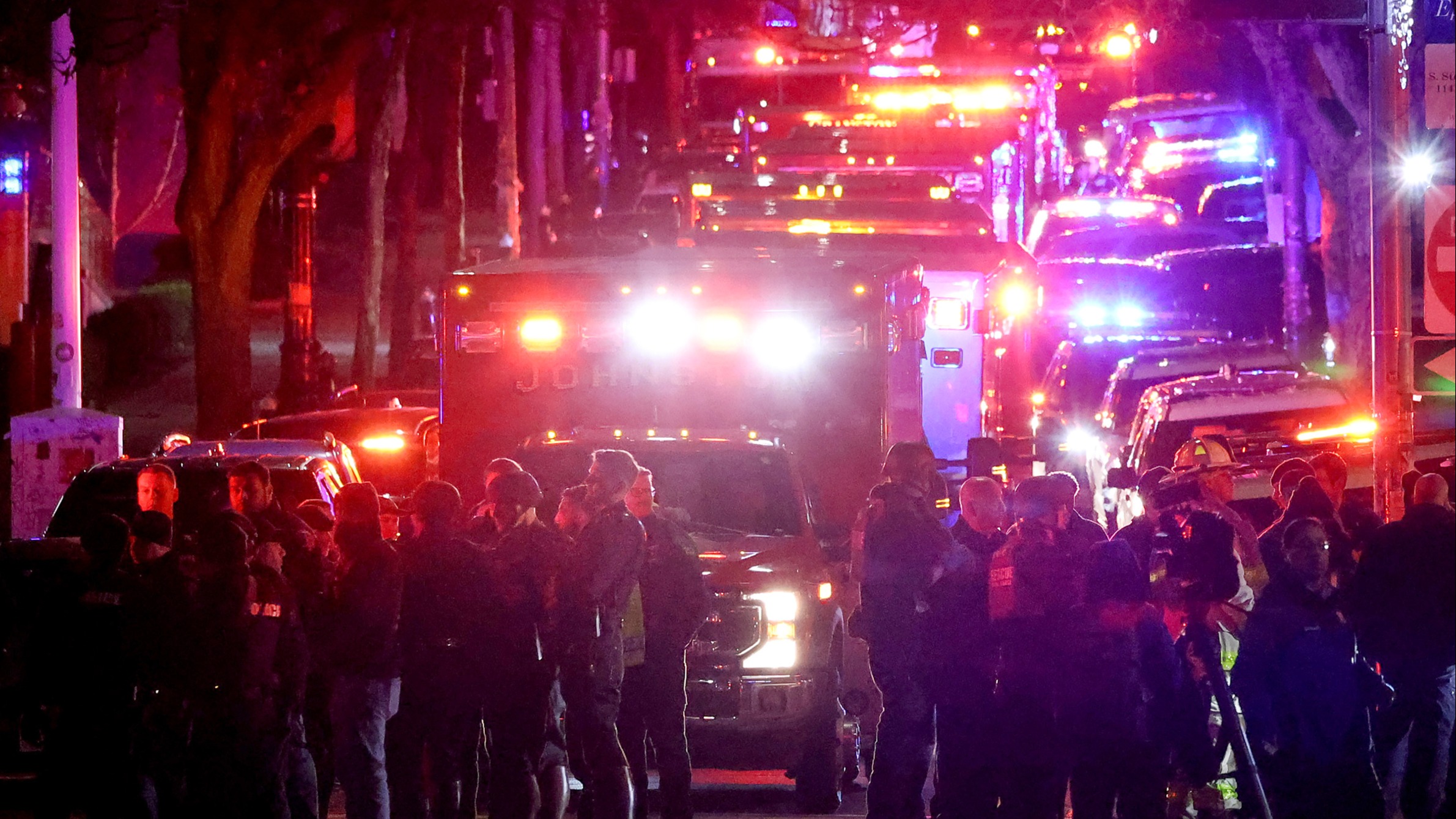A low traffic neighbourhood project which has left an Edinburgh community divided should be made permanent, council officials have concluded.
Over the past 18 months, various methods have been trialled in Corstorphine in an attempt to stop vehicles taking shortcuts through residential streets, improve safety around schools, and encourage more walking and cycling.
But the introduction of traffic restrictions, bollards and planters, and a ‘bus gate’ camera which fines drivers who flout the rules – and has been cut down by vandals three times – have proved hugely controversial in the area.
Last week anti-low traffic campaigners urged councillors to scrap the measures, saying they were “not working, not wanted and not democratic”.
Despite the pushback, transport officials have recommended making the scheme permanent. A final decision will be made by councillors on Tuesday, September 24.
However, they have proposed reducing the operational hours of the bus gate, which restricts general traffic from entering St John’s Road from Manse Road at certain times on weekdays, from 8-10am and 2.45-6.30pm currently to 8-9.30am and 2-4pm.
The council said this would “re-align bus gate times to school streets operating times”.
It said concerns about levels of “intrusive non-residential through traffic” in Corstorphine had been raised “for many years” which led to the LTN being trialled.
Critics of the £800,000 scheme say it has been a failure – pointing to a 6.5% increase in traffic.
But officials highlighted a 9.2% fall in traffic on streets surrounding Corstorphine Primary School, which they said was a key aim of the project.
Over the 18-month period more than 556 complaints were made, with some objectors submitting more than one response, a report said.
Market research in the report suggested half of Corstorphinites supported the project and 24% opposed it.
However, the figures have been disputed by some locals who believe the data was ‘skewed’.
Respondents were “particularly in favour of wider footways, seating, planters, new community street spaces, the artistic interventions at the school entrances and changes that make crossing the road easier”.
In 117 objections concerns were raised about a “negative impact on local businesses” as a result of the LTN.
The council said its research indicated there were “similar levels of overall spend and also indicates that local residents are more likely to visit local businesses”.
It added: “There has been both positive and negative submissions from businesses on the impact.”
The report said: “The most common themes for objections were that the project has generally caused traffic to use other streets and that this is associated with more congestion, pollution, longer journey times, road safety concerns and has reduced access by car for local people.
“On Corstorphine High Street there has been a small increase in traffic but also significant footway widening which overall is considered to have improved general conditions for people walking and wheeling.
“Saughton Road North has also seen a traffic increase, however during the bus gate periods, around two thirds of this traffic is in a southerly direction. This is unlikely to be due to the project which has only introduced traffic restrictions in a northerly direction.”
The report said traffic speeds had “generally fallen” with the most significant reduction on Dovecot Road “where average recorded speeds have reduced by 4.3mph following the introduction of physical traffic calming measures.
“It appears the that the traffic reduction measures around Corstorphine Primary School have been most effective in assisting cycling and scooting whilst potentially also encouraging more park and stride and less driving.”
It said a reduction the number of vehicles “in key parts of the project area” was a “positive step toward climate change goals”.
However, it said it was “hard” to establish the degree to which increases in traffic on surrounding roads “are attributable to the project compared to the wider background levels of increasing traffic”.
“Small improvements in air quality align with the Council’s Air Quality objectives. The market research finding of significant resident support and appreciation for the placemaking changes and associated biodiversity gains through planters and the pocket park are good step forward toward council commitments in these areas.
“Increased perceptions of the streets as safer, more pleasant and having more locations to relax in may lead to increased health and wellbeing outcomes.
“Continued concerns about levels of, and noise from, traffic may continue to be detrimental.”
Addressing a meeting of the council’s transport committee last week, Peter Roberts who leads the Accessible Corstorphine for Everyone (ACE) group said: “The LTN has not made Corstorphine safer, it has made it more dangerous and less accessible.
Mr Roberts said the 68% reduction in traffic using Manse Road recorded during hours when the bus gate was operational “has been more than offset by increases on nearby streets”.
Accusing the council of “sampling bias” when presenting the survey results, he added: “Some councillors and officials are claiming support from a survey of pedestrians only, no motorists, housebound residents, businesses, carers etcetera were allowed to take part.”
Kirsten Olverman, from Neilsons Solicitors and Estate Agents, which has its head office on St John’s Road, said the low traffic neighbourhood meant a journey that previously took 10 minutes “is increasingly likely to be twice that time when trying to avoid the LTN or the bus gate”.
Warwick Campbell, who lives in the LTN at Oswald Terrace, added: “The LTN has already cost £800k and people don’t even want it. It has caused nothing but division, pain and anger within the community.”
Mr Roberts, who has lived in the area for 32 years, told councillors his group “stand ready to be constructive, if you are prepared to take a step back and acknowledge things haven’t worked”.
Follow STV News on WhatsApp
Scan the QR code on your mobile device for all the latest news from around the country


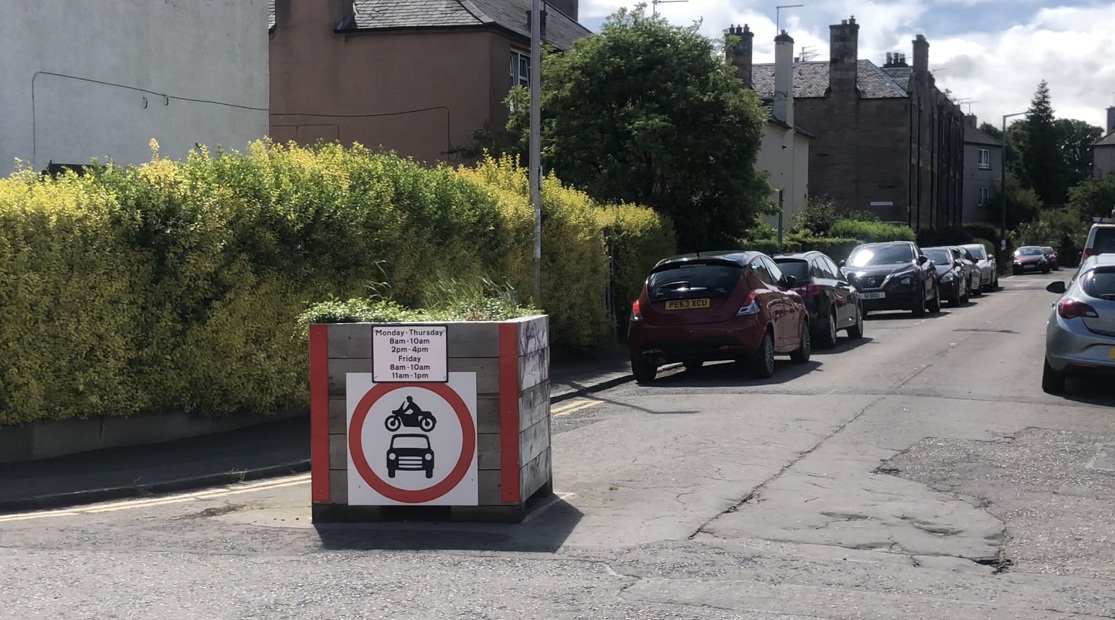 LDRS
LDRS



